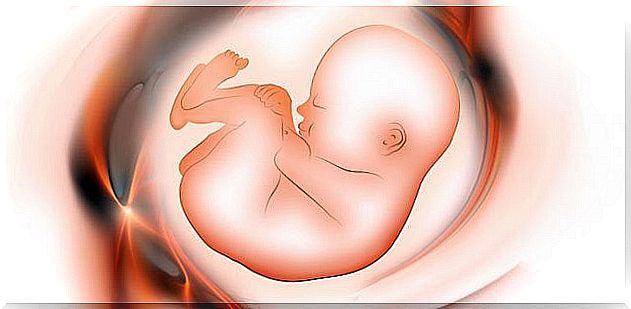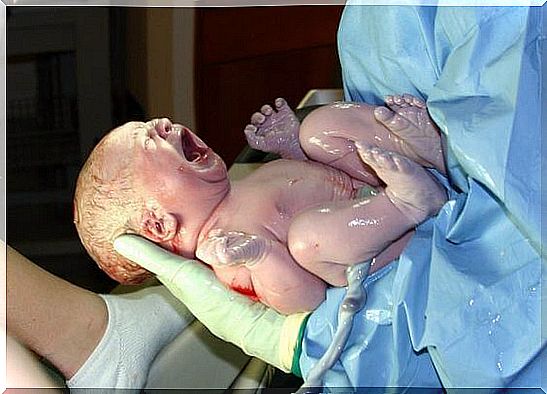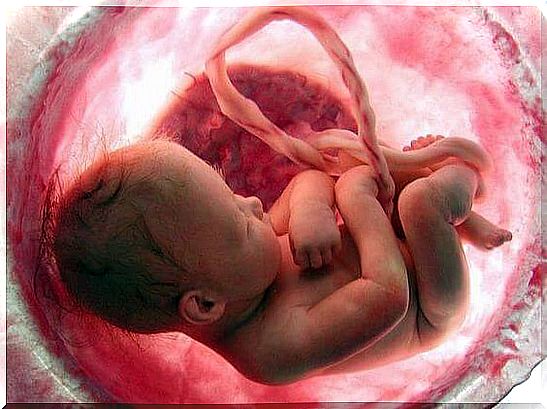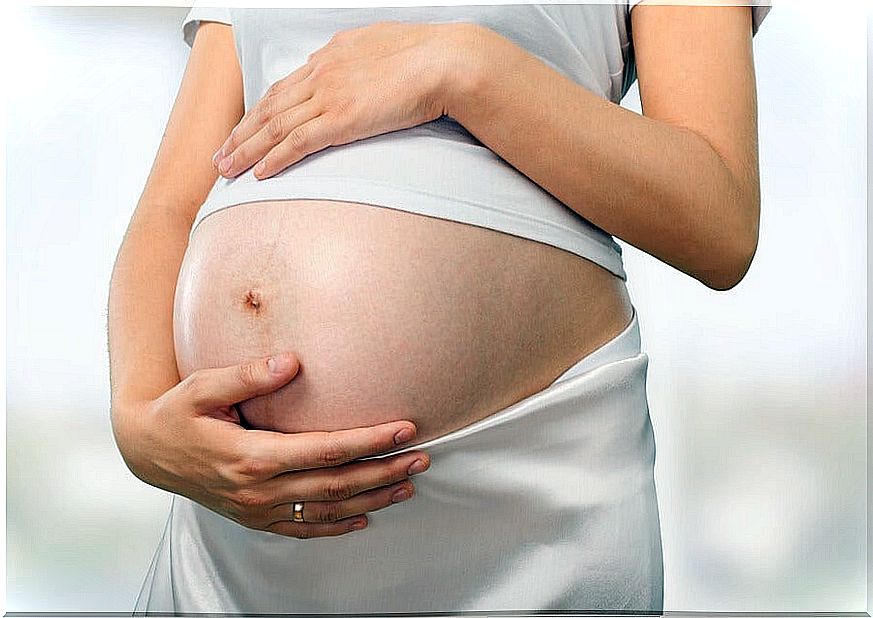Did You Know Where The Signal That Starts Labor Comes From?

Some babies are precisely born at 38 weeks, others well in advance, and in some cases, the baby is born at 42 weeks. As we know, although there is an estimate of the duration of pregnancy in humans, in nature there is no straight line. Each cycle in man and nature in general is changing. How does the baby know that it is ready to be born? Where does the impulse that gives rise to labor originate?
Nowadays, numerous caesarean sections are scheduled per day. Therefore, it is easy to know when our baby is going to be born. However, mothers who are going to give birth naturally live full of uncertainty. As week 37 passes, we expect the delivery to occur at any time.
Many think that the symptoms that the mother experiences that announce the birth, are born in her. However, it has been discovered that it is in fact the baby who activates it. According to research, the signal that triggers labor comes from the baby’s lungs. We tell you how it happens.

The ‘start button’ is located in the lungs
Have you noticed that to determine that the baby is ready to be born, experts worry about lung maturation ? Well, apparently the reason is very specific. In the baby’s lungs is the button that starts labor.
Specialists at the Southwestern Medical Center of the University of Texas, in the United States, have made this finding. According to their interpretation of the results, babies are not born until they are ready to do so. When does an apple fall? When it is ripe.
In such a case, a baby cannot come into the world if it is not able to survive abroad. As might be expected, you can’t live if you can’t breathe. The organs of the body need to be mature to be able to remain outside, but the most important thing is breathing.
People can fail other systems and survive like this. However, when the respiratory system fails, we go into crisis and can die in a short time. That is why the baby needs his lungs to be mature to be born.
According to research, the lungs are considered mature when their pulmonary surfactant levels are full. The known surfactant is an element present in all humans, within the alveoli; its function is to make breathing possible. This substance prevents the alveoli from being completely without air when they are emptied when breathing.

How and when does it happen?
Research with mice found that there is a pair of proteins capable of controlling the activation of genes present in surfactant. These proteins, known as SRC-1 and SRC-2, are not activated until the full period of gestation has elapsed. Until the cycle is completed, the process begins for the surfactant to complete.
Once the lungs mature, they perform the signal that leads to labor. Just like when you fill a bucket with water, you start filling when you need it and turn off the tap as long as you expect it to be complete. The experiments revealed that by suppressing the action of proteins towards surfactant, deliveries were delayed by a period equivalent to 4 weeks in human pregnancy.
By the last days of gestation, the SRC-1 and SRC-2 proteins increase surfactant secretion. Since not all pregnancies are the same and the human body is changeable, it does not happen at the same time. Each organism is different, so the times of birth are relative.
It is believed that it also increases the number of platelets, necessary to defend the body on the outside. All the increase of these substances, can be perceived in the increase of these in the amniotic fluid.
The researchers explain that in the uterus there is a sensitivity to the increase of these substances, which is why a response is generated. That is, the baby’s lungs fill with surfactant, consequently increasing the amount of this in the amniotic fluid. In response, the mother’s uterus swells and goes into labor.










